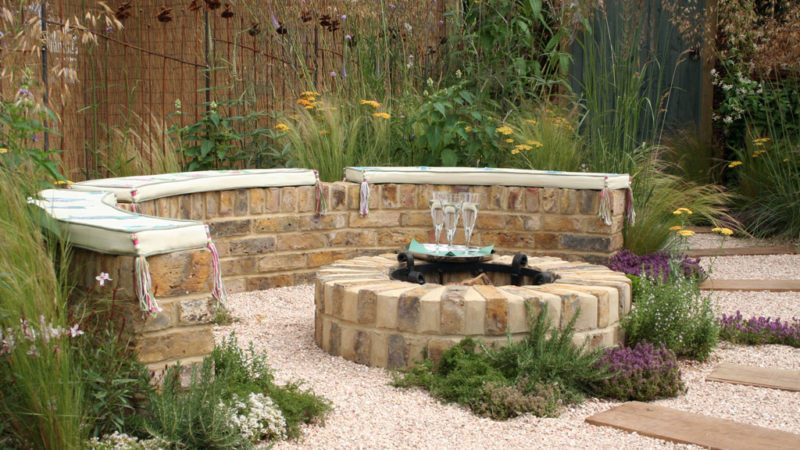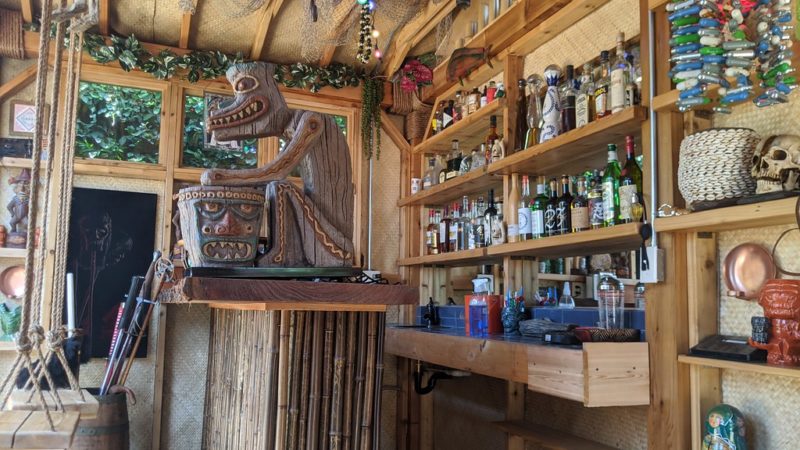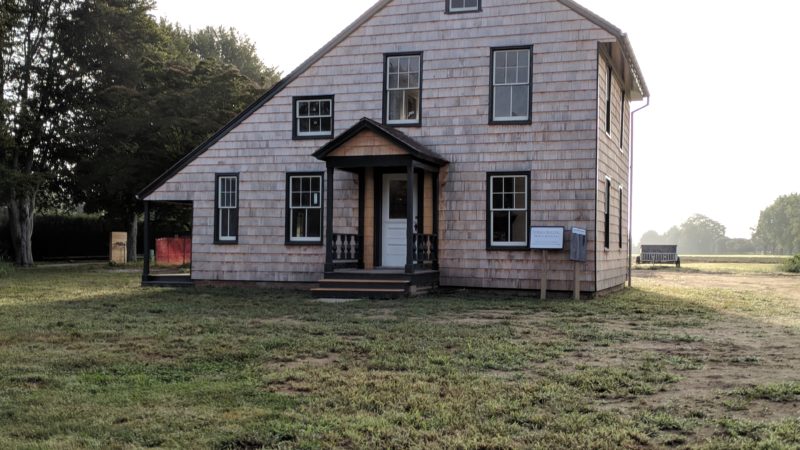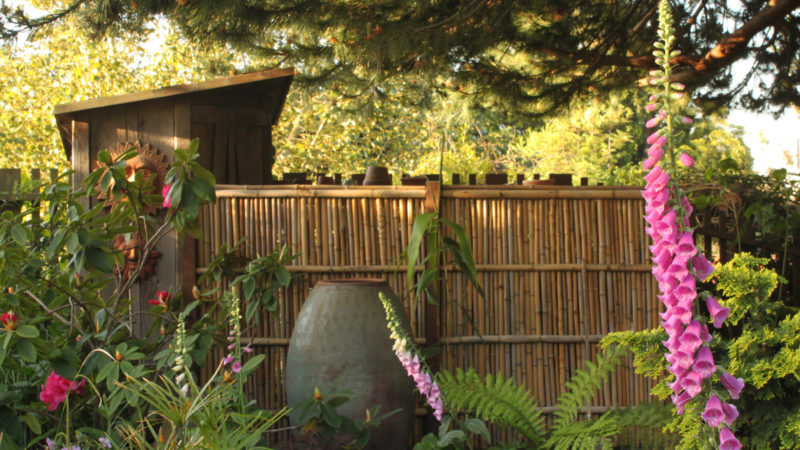What is Japanese Architecture?

Japanese architecture is considered one of the finest in the world, and all credit goes to its amazing visual arts. The architectural styles of Japan have evolved amazingly from prehistoric to modern times. Japanese architecture has a substantial history and a unique aesthetic.
Here is an article with an overview of everything you need to know about Japanese architecture.
What is Japanese Architecture?
Japanese architecture is a perfectly created work of art. Modern-day Japanese architecture is an amazing mixture of conventional design practices integrated with modern Western aesthetics.
A wide range of Japanese architecture has its roots in religion and is inspired by Buddhism and Shinto. What is now identified as Japanese architecture has a rich history. It can be tracked in the 7th century as well and has gone through a wide range of evolution and modifications over time.
Key Elements in Japanese Architecture
Traditionally, wood has been the popularly used material in Japanese architecture. Shojis, which were the movable screens, and were used as a medium to connect the space that is present between the outdoors. These are usually made from paper in order to allow the natural light to get through.
In addition to this, most of the Japanese structures also have wooden veranda known as engawa. Most of the structures also have a genkan that is used to remove shoes before entering the house. Genkan is like a mudroom that is found in Western architecture.
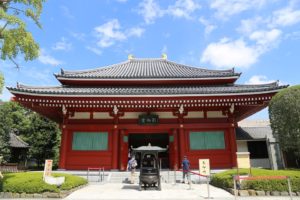
The History of Japanese Architecture
Japanese architecture has an extensive, vast, and substantial history. Here are key components of history, which will help you in getting an idea of the history of Japanese architecture. Japanese architecture had its roots in the 7th century. It is highly influenced by Korean and Chinese architecture. During this time, Japanese architecture started to take a distinguishing look, and it was dominated by the structures of wood.
Another unique and amazing ear of Japanese architecture is the EDO period, which was between the 17th and 19th centuries. During this time, machiya became profoundly popular. Following this era, Japanese architecture i=started resembling Western architecture.
By the end of the 19th century, the interiors of Western Style became more prominent in Japan. Some styles and structures fused Western and Japanese styles. It included pairing traditional coffered ceilings with delicate chandeliers and parquet floors. At the present time, most of the Japanese architecture is similar to that of the west, and it features modern materials and amenities.
Materials Used in Japanese Architecture
Wood is one of the most traditional materials that is used in Japanese architecture. The use of wood has its roots in the 7th century. It originated in Japan. The wood architecture was often not painted in Japan in order to allow the natural beauty to shine. Cedar was famous due to its attractive grain. In addition to this, pine was used to render structure. In roofing, cypress was used as a common material.
Facts About Japanese Architects
Kengo Kuma, Tada Ando, and Arta Isozaki are the three famous modern-day Japanese architects. Tada Ando has won a wide range of prestigious awards, and it is known for focusing on minimal aesthetics. Kengo Kuma is another popular architect famous for transforming the modern-day Japanese architect. The designs are rooted in traditional styles of Japanese architecture.
The history of Japanese architecture is rooted in religion and nature. The elements of Japanese architecture is evolving; however, it is always changing and evolving like western architecture,


